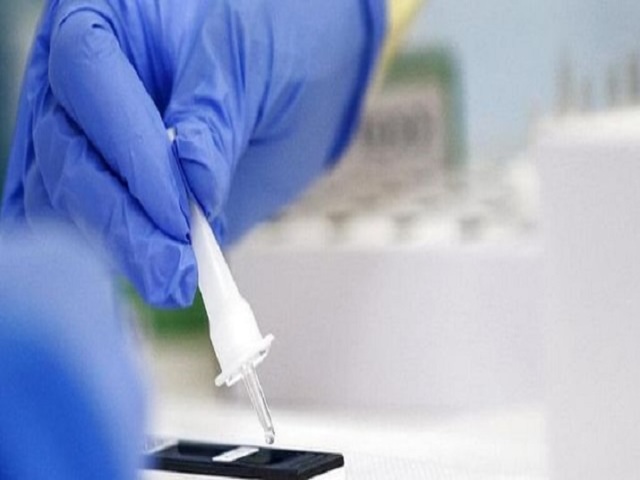
COVID-19 Testing: Researchers at the University of Pennsylvania in the US have developed a new cheaper, faster, and more accurate COVID-19 diagnostic test that incorporates electrodes made of graphite, a material found in pencil lead, to detect the SARS-CoV-2 virus.
The research published in the journal PNAS stated that graphite electrodes in the new low-cost COVID-19 detection test known as the Electrochemical Advanced Diagnostic (LEAD) test aid in reducing the cost to $1.50 per test and take only 6.5 minutes to detect the COVID-19 virus.
COVID-19: What is LEAD test?
•The Electrochemical Advanced Diagnostic (LEAD) test is a new low-cost test that uses graphite electrodes to detect coronavirus in humans.
•The test is found to generate results with an accuracy of 100 per cent from samples of saliva and 88 per cent from nasal samples, the researchers stated.
•The test has been developed by researchers at the University of Pennsylvania in the US. Previously, the same research team worked on a COVID-19 detection kit known as RAPID that uses screen-printed electrodes.
•The Electrochemical Advanced Diagnostic test is also based on the same concept as RAPID but costing less than the latter.
COVID-19: How does the LEAD test work?
•The Electrochemical Advanced Diagnostic test consists of materials such as human angiotensin-converting enzyme-2, modified graphite leads, and a plastic vial.
•The electrodes attach to the samples to generate a chemical signal. The height of the signal’s peak determines if the sample is positive or negative.
COVID-19: Benefit of LEAD test
•The LEAD test aids in saving time, money and achieving accurate results than most tests which are expensive and require external administration to analyze results.
•The Electrochemical Advanced Diagnostic (LEAD) test aid in reducing the cost to $1.50 per test and take only 6.5 minutes to detect COVID-19 virus.
Why did researchers use lead?
•The researchers stated that lead is easy to assemble, anybody can use it, and it is cheap and more accessible than those of RAPID.
•The use of lead is also significant because the researchers wanted to use an abundant material such as graphite which is found in pencil lead to develop the graphite electrodes of the LEAD test so that the lower-income communities could also access the test.
•Further, the functionalization of lead and sample diagnosis takes less than a few hours and cost less.

